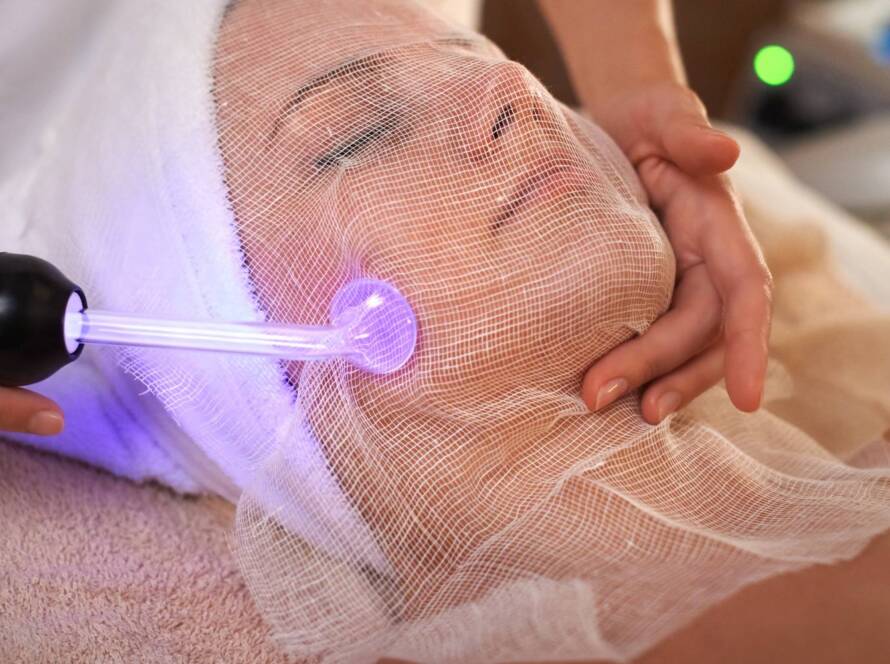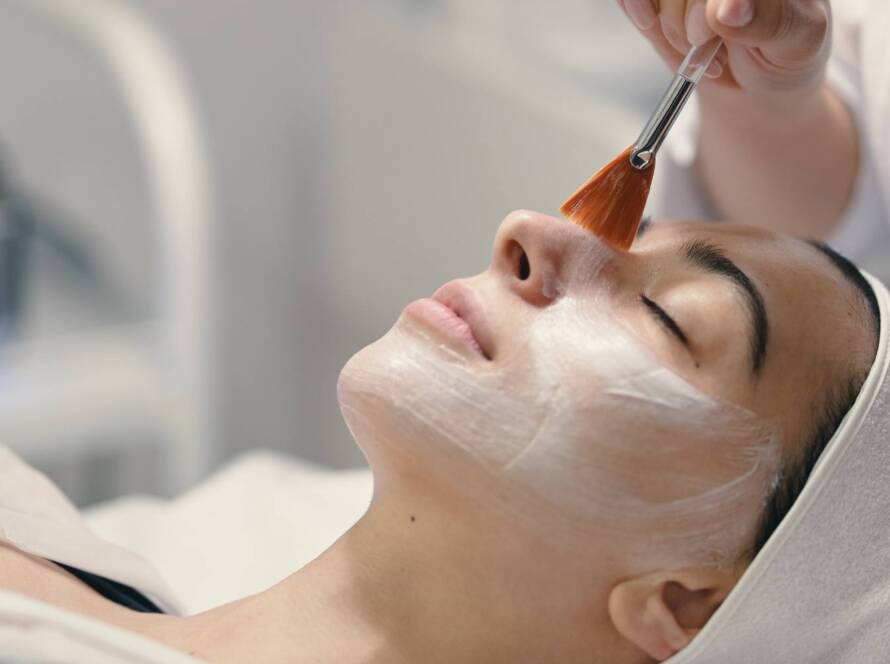Table of Contents
You’ve decided to invest in Botox, a powerful way to soften those fine lines and wrinkles and restore a more vibrant look. Now that you’ve made this choice, you naturally want to optimize your results. But have you ever wondered what not to do after Botox to ensure you get the smooth, refined outcome you deserve? Understanding the aftercare is just as crucial as choosing a skilled professional for your injections, and that’s where this guide comes in. By following these tips, you’ll feel confident knowing you’re doing everything in your power to protect and prolong that refreshed appearance.
In both competitor sources, they emphasize the importance of understanding and following specific guidelines after getting your injections. Whether it’s avoiding strenuous exercise in the early hours or steering clear of direct heat, each suggested precaution plays a role in preserving your results and reducing any potential side effects. You’re about to learn the steps you should avoid in order to stay safe and satisfied with the outcome of your Botox treatment. Let’s dive right in.
Why Knowing What Not to Do After Botox Matters
When you think about Botox, it’s easy to focus on the injection process itself—where to get it, how it works, and how long it lasts. But equally important is what happens next. Proper aftercare paves the way for longevity of results, fewer unwanted side effects, and faster recovery. If you neglect the necessary precautions, you risk bruising, less effective results, or simply not getting the best return on your investment.
Botox injections work by relaxing targeted muscles, preventing the usual contractions that form wrinkles. While these injections are minimally invasive and relatively simple for a trained specialist, your body still needs a little time to adjust. By observing what not to do after Botox, you’re ensuring that the solution stays in the right place and does exactly what it’s meant to do—soften lines and wrinkles without complications.
1. Don’t Lie Down or Bend Over Immediately
Why This Matters
For the first few hours after your injections, lying down or leaning forward for extended periods can subtly shift the Botox from its intended location. Both competitor blogs remind you to keep upright for around four hours to prevent migration of the product and uneven results.
What This Means for You
Stay upright, whether you’re sitting or gently walking around. If you often feel fatigued post-treatment, it’s better to rest upright on a comfortable chair or prop yourself with cushions rather than fully recline. This way, you’re giving your skin and facial muscles the best chance to settle the Botox where it’s supposed to go.
2. Avoid Touching or Massaging the Treated Areas
Why This Matters
You might feel tempted to check out your newly treated skin, but massaging or pressing on the injection sites can disrupt Botox placement. According to competitor insights, unnecessary contact can lead to spread of the product to unintended muscles, reducing the effectiveness and symmetry of your results.
What This Means for You
Steer clear of rubbing, scratching, or excessively touching your face for at least 24 hours after your appointment. If you need to apply makeup, do so with the lightest possible touch. Pat or dab your skin instead of rubbing, and select gentle, non-comedogenic makeup and skincare products to minimize irritation.
3. Skip Intensive Workouts or Strenuous Activities
Why This Matters
Exercise boosts blood flow and body temperature, which can cause the Botox to shift from the precise injection sites. Additionally, excessive sweating and forceful movements might lead to increased inflammation or bruising.
What This Means for You
Take a break from vigorous exercise for at least 24 hours after your procedure. Instead, opt for light walks around the neighborhood if you feel energetic. While it may be tempting to maintain your hardcore fitness routine, those first hours and day are crucial. You’re safeguarding your newly injected Botox, ensuring it does its job without being pushed or pulled by intense muscular contractions or elevated body heat.
4. Hold Off on Alcohol
Why This Matters
Alcohol acts as a blood thinner. When you consume it shortly before or right after Botox injections, you might increase your chances of bruising around the injection sites. Additionally, drinking alcohol can sometimes raise your blood pressure or heart rate, which isn’t ideal during the initial settling period.
What This Means for You
Try to avoid alcoholic beverages 24 hours before and at least 24 hours after your Botox appointment. While an occasional sip might not seem harmful, you never know how your body will respond during this sensitive period. Protect your post-injection skin by waiting to celebrate your new look with a toast until a day or two later.
5. Avoid Extreme Heat
Why This Matters
Heat causes blood vessels to dilate and increases blood flow. When that happens soon after Botox injections, you could see a shift in how the product settles or experience heightened swelling and bruising. Competitor sources highlight the potential adverse effect of direct or extreme heat in reducing the longevity of the treatment results.
What This Means for You
Stay away from saunas, steam rooms, hot yoga classes, and even the hottest areas of your kitchen if you’re preparing meals. Moderating your time in direct sunlight is also important, as high outdoor temperatures can act much like heat sources indoors. If you must be in a warm environment, keep it brief and use cooling measures like fans or cooler spaces to limit prolonged heat exposure.
6. Don’t Schedule Other Facial Treatments Right Away
Why This Matters
You might be in a “treat yourself” mood and want to book a facial, microdermabrasion session, or chemical peel right after Botox. But these treatments involve manipulating or putting pressure on your facial tissues, which can negatively affect how Botox settles.
What This Means for You
Give yourself at least a week before trying any other facial procedures. That waiting period allows the Botox to fully integrate into your muscles. If you have a big event coming up and you’re scheduling multiple treatments, talk to your injector in advance so you can space out your appointments appropriately.
7. Refrain from Certain Medications or Supplements
Why This Matters
Some over-the-counter medications and supplements—like high doses of omega-3s, aspirin, and anti-inflammatory drugs—thin your blood and could increase your bruising risk. While this typically comes up in pre-procedure discussions, it’s important to remember that continuing those medications immediately after treatment might also raise bruising risks.
What This Means for You
If you typically take aspirin, ibuprofen, or herbal supplements for joint pain or heart health, consult your healthcare provider about a safe pause or alternative. If you must continue these meds, be extra cautious about bruising and keep an eye on any adverse changes in the first few days after Botox.
8. Don’t Panic If You Don’t See Instant Results
Why This Matters
Results from Botox aren’t immediate. It generally takes a few days—sometimes up to a week—to notice a visible reduction in wrinkles. Stressing out or getting impatient can lead you to overanalyze and possibly ignore important aftercare instructions.
What This Means for You
Give your Botox time to work its magic. While you might see some mild improvement early on, full results often blossom by the two-week mark. Resist the urge to schedule touch-ups or additional injections because you’re worried it didn’t “take” fast enough. Instead, check with your provider if you’re truly concerned.
9. Stay Clear of Hard Facial Expressions (Temporarily)
Why This Matters
Botox works by temporarily relaxing facial muscles. In the initial phase, forcing exaggerated expressions—like intense squinting, deep frowning, or excessive smiling—could potentially affect how the product “settles” within the muscles.
What This Means for You
Try not to repeatedly strain your facial muscles during that first 24-hour window. This doesn’t mean you must walk around expressionless, but do be mindful if you catch yourself furrowing your brow too often or unintentionally squinting at your phone. Regular, natural movements are generally fine; it’s those repeated, forced expressions you want to dial down.
10. Don’t Skip Post-Treatment Check-Ins
Why This Matters
It’s understandable that once you’re done with the injection process, you might think you can simply continue life as normal. However, follow-up appointments give you a professional’s perspective on how well your body is responding, if you’ve healed correctly, and whether any adjustments need to be made.
What This Means for You
Make time for a post-procedure check-up or at least communicate with your medical professional via phone or messaging if an in-person visit isn’t possible. Updates on things like mild swelling, bruising, or concerns about asymmetry help your injector advise you on best next steps. These check-ins also reinforce that you’re taking your Botox journey seriously.
Caring for Yourself Beyond the Do’s and Don’ts
Understanding what not to do after Botox is just one part of the bigger picture. You’ll also benefit greatly from practicing good self-care. Consuming nutrient-rich foods, staying well-hydrated, and getting sufficient rest all create a foundation for healthier skin. This healthy base complements any cosmetic treatments you undertake and often helps you see more radiant, long-lasting results.
Consistent skincare routines with gentle cleansers and moisturizers add another layer of support for your freshly treated face. If you’re ready to ramp up your skincare game, consider a regimen that focuses on protecting and nourishing the skin barrier. That might include a mild serum or a dermatologist-approved retinol product, although you want to avoid using retinol or strong exfoliants immediately after injections. Always consult your provider for specific recommendations tailored to your skin’s needs.
Final Thoughts on a Radiant Tomorrow
Taking the right steps (and knowing what not to do after Botox) is the key to ensuring a smooth and successful outcome. You’ve invested time and money into this treatment, so it’s only natural to want the best results. By following these guidelines—staying upright, avoiding rubbing or harsh facial treatments, skipping strenuous workouts, and monitoring bruising—you can give yourself the best shot at maintaining the silky, rejuvenated look that Botox promises.
Remember that everyone’s body is unique, so your post-treatment routine may differ slightly from someone else’s. The best approach is to stay open with your healthcare provider. Communicate what you’re experiencing, follow the advice tailored to your lifestyle, and enjoy the fresh, revitalized appearance you’ve chosen to create. Here’s to many days ahead where your confidence matches the smoothness of your newly treated skin!




